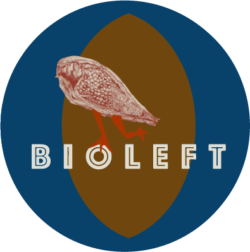Today, there are multiple proposals that seek to develop more sustainable forms of agriculture. There are farmers with great interest in agroecology, family-chacarero agriculture and biodynamic agriculture. However, these individuals and groups find it difficult to access the seeds they need. This is associated with the orientation towards input-intensive agriculture that has guided seed production and development in recent decades.
In response, from Bioleft we have been articulating with different farmers and organizations –such as INTA, universities, rural organizations– in order to support participatory breeding experiences.
One of the experiences of participatory breeding is the one that we have been promoting to develop maize adapted to diverse agricultures. This experience was born in 2018, when, at INTA Pergamino, we met with plant breeders, farmers, and extension agents to create “a set of characteristics” that corn growers and corn growers found important when choosing their seeds. You can read more about that meeting here.
Since then, we have been working together to develop new corn, connect skills and interests, and promote seed production by and for farmers. You can see more here, here and here.
On May 23, we returned to the EEA INTA Pergamino, in order to carry out the Second Working-Day of Participatory Maize Improvement, which we co-organized together with INTA Pergamino, FAUBA and UNS.
Despite the rain, the event was attended by more than 20 participants. Farmers, advisors, extensionists, researchers, and plant breeders from various areas came to visit: La Plata, Río Cuarto, Ramo, Marcos Juárez, Pergamino, AMBA, General Las Heras, Chacabuco, and Lobos.
The objective of the working day was to share –and invite to be part of– the joint work that has been carried out in participatory breeding and, more specifically, the part carried out in EEA Pergamino of the recent comparative test of yield of varieties improved by farmers Claudio Demo, Enrico Cresta and Milton Vélez.
The day began with a visit to the INTA Pergamino germplasm bank, where its curator, Raquel Defacio, explained how they keep maize seeds, how they characterize the populations, and the procedures for requesting materials from the bank if you want to produce or improve them.

Then we toured the trial plots to observe and compare the cultivated materials, among which are farmers’ varieties, varieties and hybrids improved by INTA Pergamino, and commercial hybrids, as can be seen in the following table:
| Genotype | Breeder | Type of material |
|---|---|---|
| UPL Adelia | Milton Vélez | OPV |
| Chucul | Claudio Demo | OPV |
| Quarentín | Claudio Demo | OPV |
| Dorado | Claudio Demo | OPV |
| Rocillo | Claudio Demo | OPV |
| Original Plus | Enrico Cresta | OPV |
| Candelaria Duo INTA | INTA EEA Pergamino | OPV |
| Amancay INTA | INTA EEA Pergamino | OPV |
| VPA experimental morada | INTA EEA Pergamino | OPV |
| Sombra INTA | INTA EEA Pergamino | Simple Hybrid |
| FAGE157xLP17P | FAUBA – INTA EEA Pergamino | Simple Hybrid |
| (LP21CxLP12c)xLP17P | INTA EEA Pergamino | Triple Hybrid |
| ACA473 Trecepta | – | GMO Hybrid (commercial control) |
| Dow Mill522 | – | Non-GMO hybrid (commercial control) |
| Hijo de Dow | – | Non-GMO commercial hybrid offspring |
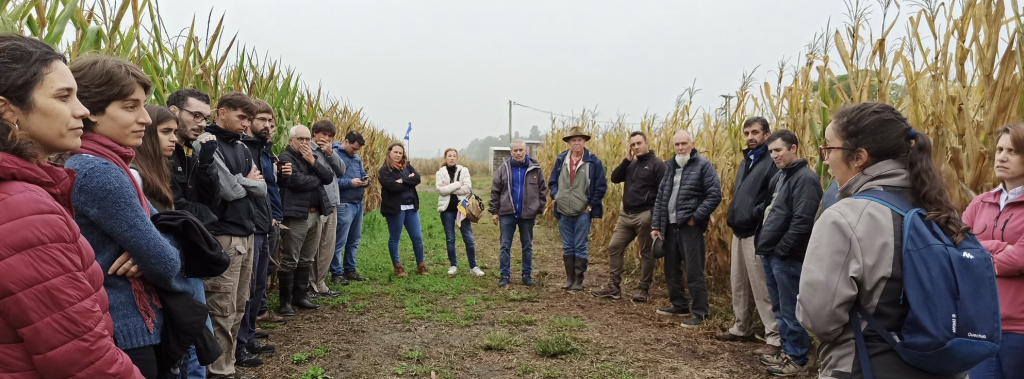
Luciana Galizia, maize breeder at INTA Pergamino, shared the conditions in which she carried out the test, whose main objective was to know the potential performance of each material. Although the plots have not yet been harvested, differences in the ears, grains, cane, height and so on could be observed. The farmer-breeders had the opportunity to tell how they obtained their materials, what they take into account when making a selection and what are the results they obtain. Thus, a space for exchange was also generated between those who were present.
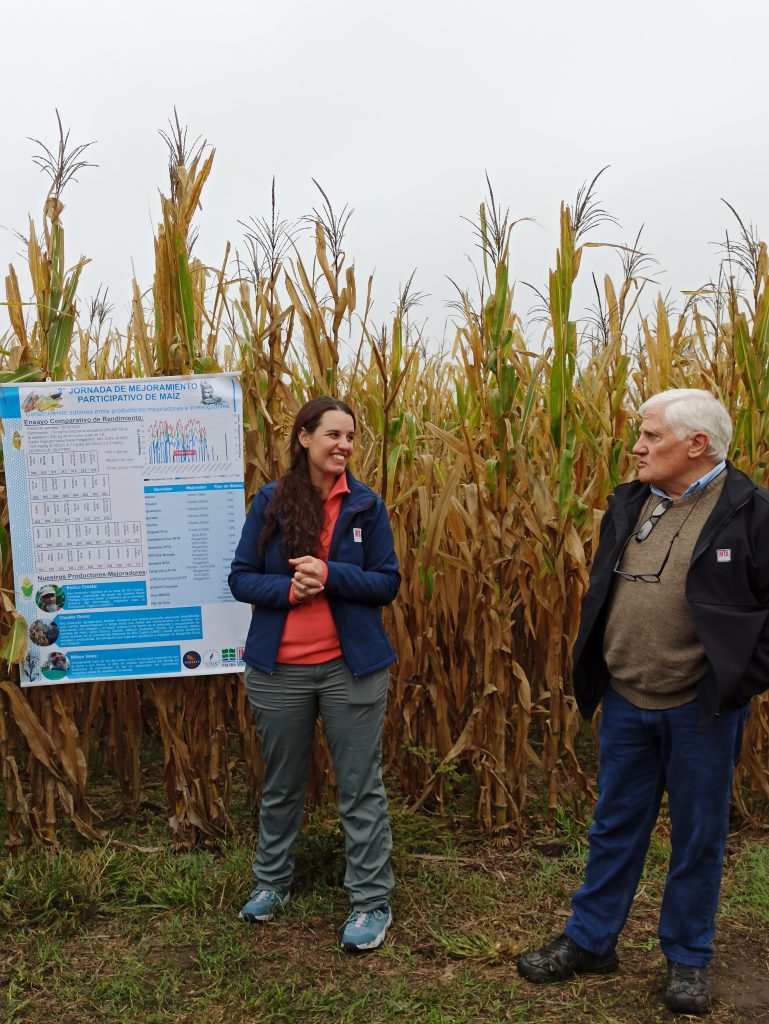

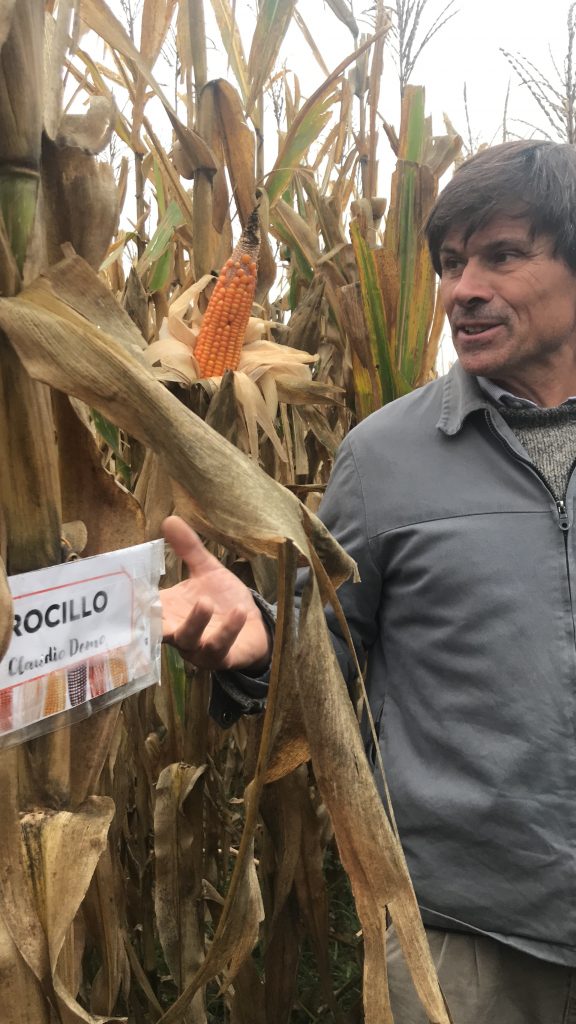
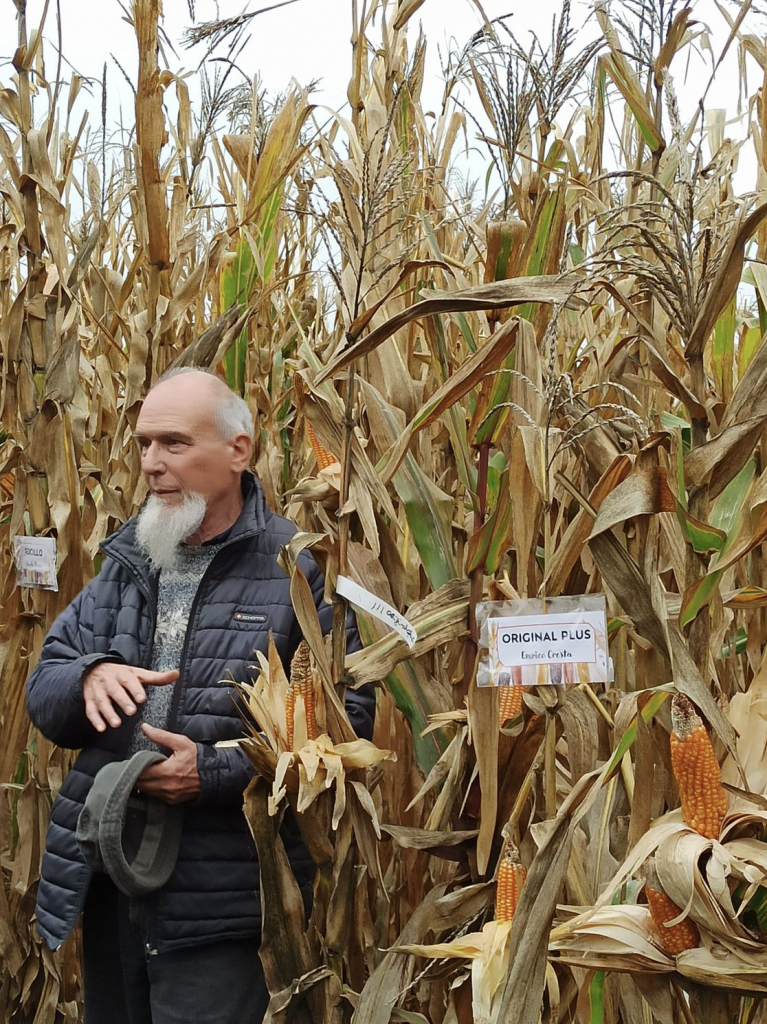
After lunch, we discussed how to continue working together. Using participatory methodologies, we decided objectives and established commitments, and most importantly, we expanded the network!

Some of the ideas that emerged strongly were:
- “define which are the needs to be satisfied from participatory plant breeding, such as those of organic groups or certain communities that produce food”
- clearly define “what variety or what you want to obtain”, the objectives of the materials sought, and if it is for food use, focus on quality.
- “strengthen participatory plant breeding integrated to the different needs of farmers and consumers”.
- “characterize the demand, characterize the current situation of the group and to produce new varieties.”
- multiply the materials available to shorten the distances necessary for their access
- “break with the myth that corn varieties are useless”, and that for that “you have to generate information”
- “make evaluations in different environments, not only in experimental stations but also in fields of interested farmers, where other farmers can also go and see it later and thus have more reach”
- “to disseminate [participatory plant breeding] at all levels, to farmers, professionals, institutions and towards public policies”
The day closed with a visit to the seed classification plant of ACA (Association of Argentine Cooperatives), where we were able to learn about the final stage of seed production.
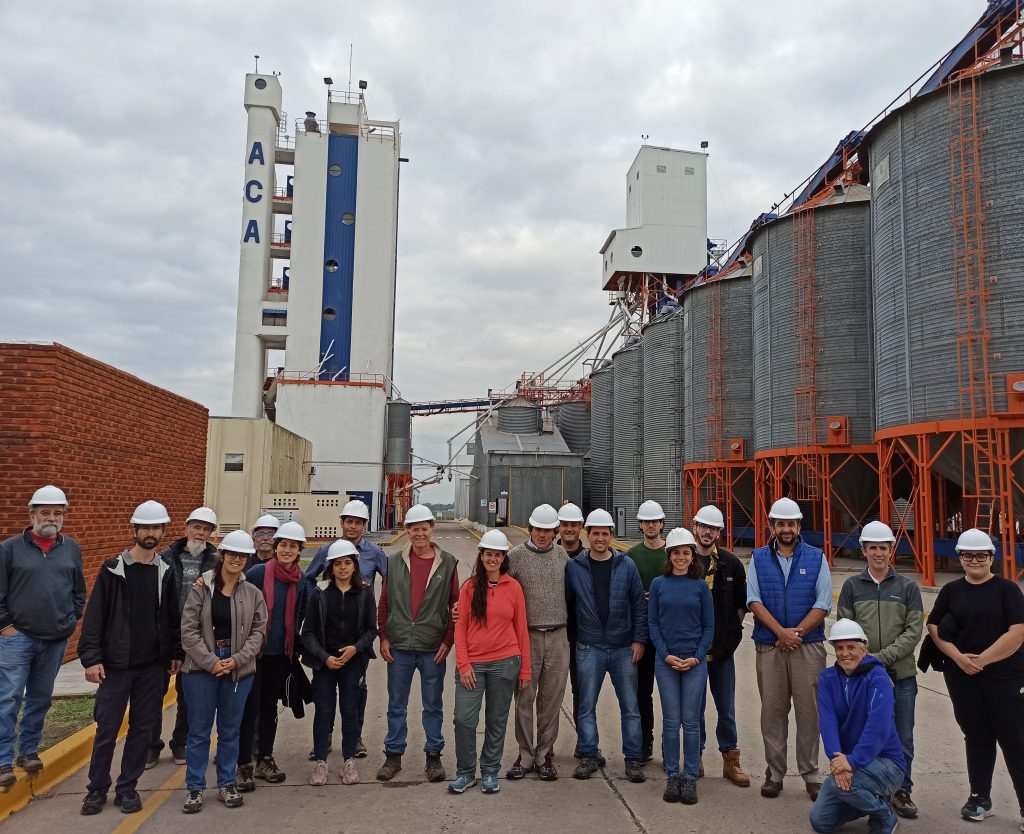
Finally, we want to share comments from some of the participants regarding their experiences during the day:
“Perhaps we are not aware of the force that the own use of the seed can have”.
“I love the idea that it is participatory and that it is not a ‘versus’ but rather that the varieties of each one are shown, what they achieved and what can be contributed to each one”.
“There is no competition, there is cooperation, as each one can tell about their experience, progress is exponential because each one can do a different test in a different place […]. Without asking for anything in return, you can move forward.
“Corn is a plant that is not ‘natural’, it is domesticated by man and that means that the ‘I’ of the human being was impregnated in the corn, there is a human biography within the corn, and my expectation is that people make maize part of your biography, of your life. That when they recount their lives, they know that the corn crop was part of it with joy and that it is not only theirs but also shared with their human environment, because this is so, it is something that can be shared and someone else can take over and continue”.
From Bioleft, we want to thank everyone for having made this day possible and for the enormous commitment during the participation. We believe that the fruits of this interaction and the open paths are invaluable, and we will once again be calling for activities that can carry them out.
